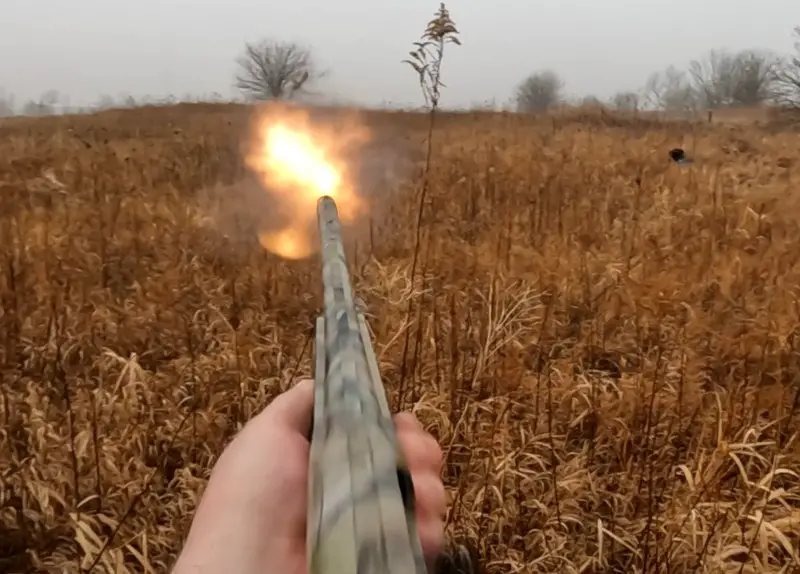|
Do you want to Kill more Pheasants and Doves this Year?  Part of the confusion about shotshells and chokes has been perpetual. Stamping “Modified” on a barrel or choke tube means nothing. You might get something close to a Modified pattern with some kind of shell, but again you might not. Browning, for example, publishes that their Invector Plus and standard Invector Modified chokes produce “35 – 65% patterns.” That is so broad as to be meaningless. It gets worse. Neither the shot size or the velocity printed on a box of shells is accurate. It is just an average, for if you cut open any box of lead shotshells you will find a variety of shot diameters and none of them are perfectly round. It is worse with bismuth. All downrange shotshell ballistics are based on spherical pellets: exactly what no lead or bismuth pellets are. Tom Roster has autopsied more game birds than anyone on the planet. Roster's turkey study, for example, evaluated 6,940 pellet strikes into turkey heads and necks alone. On the topic of penetration, Tom Roster has found no correlation between ballistic gelatin (designed to replicate soft tissue of humans and swine) and bird bodies. While valuable if you are hunting quadraped grass eaters, it has zero relevance to wingshooting. None whatsoever. Doves
are
the most hunted game bird in the United States, with upwards
of 750,000 hunters taking 12 million doves or so per year.
This is a drop in the bucket compared to the 350 million
population of doves in the U.S. Yet, hunters fire 6-7 shots
for every dove taken, and around 6 for every duck taken as
well. It doesn't make sense to complain about ammo costs
when over 83% of shots fired hit little more than thin air.
Perhaps due to the extreme commonness of doves,
comparatively little thought is given to shells and chokes.
Just because things can work hardly means that that is the
most effective option.

Velocity drops off in concert
with pellet diameter. A #4 pellet launched at 1200 fps
at 40 yards is 719 fps, while the velocity erosion of a
#8 pellet drops it down to 595 fps. The bare minimum shot size for dove is #7-1/2 lead, although straight #7 lead is better. When you use larger shot sizes, you get free benefits of less drop, less wind drift, larger wound channels, and higher strike velocities. The minimum payload weight should be 1 oz. as well. You bag more doves with less shots by using at least one ounce and at least #7-1/2 shot. The same goes for wild pheasants: using #5 shot as a bare minimum: less cripples, less runners, and again less wind drift, drop, and higher strike velocities, along with larger wound channels. Many folks just have not bothered to compare and use whatever their great uncle used to use, rather than carefully considering results. From the view of a sportsman, it is never the minimalist “can work,” but what works best the vast majority of the time. As Steven Wright noted, half of all the people you meet are below average. If you use larger shot and heavier payloads you will bag more birds this year, and have a more successful and satisfying season as a result. |